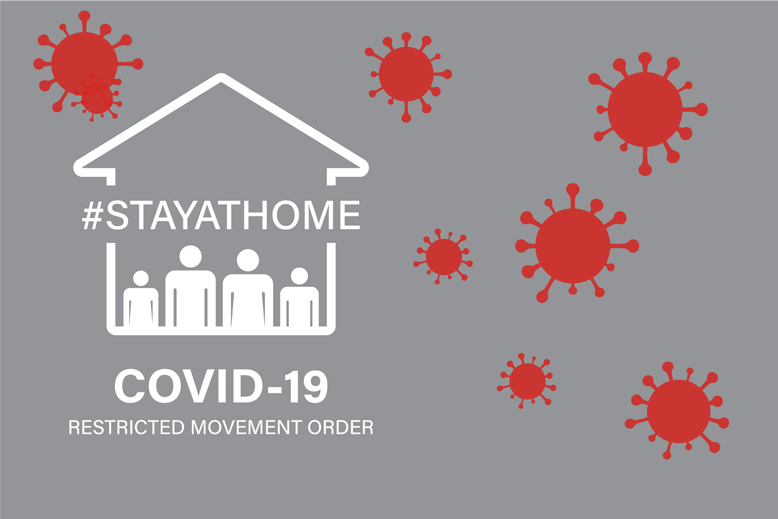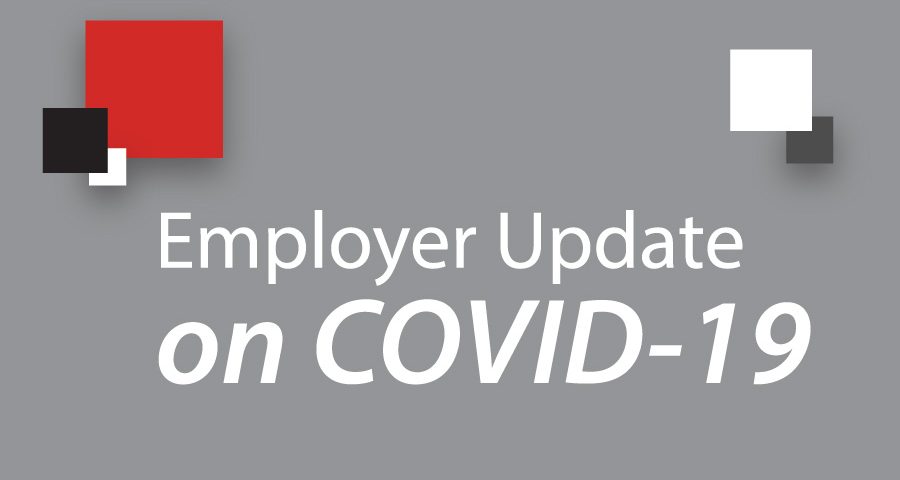
Managing Different Generations
March 13, 2020
COVID-19: Do’s & Don’ts For Employers – March 23, 2020
March 23, 2020President Trump signed the Families First Coronavirus Response Act (FFCRA) on March 18. This legislation will go into effect during the first week of April. Benefits provided by this legislation will end on December 31, 2020.
Here’s a quick summary of what business owners need to know about the FFCRA:
- It expands the Family Medical Leave Act (FMLA) to include all employers with less than 500 employees, removing the 50 employees in a 75-mile radius requirement and applies to all employees who have worked for the company at least 30 days instead of 12 months as required for regular FMLA eligibility.
- The FFCRA provides 80 hours of paid sick leave related to COVID-19 at the employee’s regular full pay, up to $511 per day, or $5,110 total. Benefits for part-time employees are pro-rated based on the usual number of hours worked.
- It provides up to 12 weeks of paid leave for employees to care for their children whose schools or daycares have closed. This family leave is paid at two-thirds the employee’s regular rate of pay, with a maximum of $200 per day or $10,000 total.
- Employers cannot require employees to use up their accrued leave before receiving this benefit.
- There is a ten-day waiting period before this benefit applies; employees may use accrued leave to cover these days.
- Employers will receive tax credits for 100 percent of what they pay out to employees under the FFCRA subject to maximum limits (see above).
- Employers with 50 or fewer employees may apply to the Secretary of Labor for exemption from these requirements. Information about how to apply for this exemption will be provided soon by the Department of Labor.
If your business has been shut-down by government decree, but you intend to reopen when allowed, you may elect to lay-off (temporary separation from employment) employees. These employees will be eligible for unemployment benefits from the State. Important things to understand about this process:
- The employer must submit a Separation Notice (LWC-77) for each affected employee within 3 days of the final day of work and provide a copy of this notice to the employee.
- The reason for separation from employment on the Separation Notice should be stated as “Layoff related to COVID-19.”
- Employers should pay any accrued leave on the employee’s final check and note this on the Separation Notice. Unemployment benefits will not begin until accrued leave is exhausted.
- The current maximum for unemployment benefits is $247 per week for 26 weeks.
NOTE: Independent contractors (1099 workers) are not eligible for unemployment benefits.
Employers with at least 20 employees who provide group health insurance are required to provide COBRA (health insurance continuation) benefits.
- Written notice of COBRA eligibility must be provided to each covered employee at the time of separation from employment, including layoffs.
- Health insurance coverage may continue for up to 18 months (or longer in some circumstances) with the full cost (employee and employer share) paid by the employee.
- The employer may charge an administrative fee of two percent of the total premium.
- Contact your health insurance agent for more information and assistance with providing COBRA benefits.
An HR professional can help you with all of your human resources needs. From hiring the right employees, running background checks, creating employee handbooks that include anti-harassment policies and procedures, and so much more, Next Level Solutions can work with you to provide the services that you need to run your business.
Don’t risk being out of compliance or letting your employee handbook become obsolete; give us a call today to see how we can become your human resources partner.


